Hawaii is the 50th state of the United States, nicknamed The Aloha State (Aloha is the Hawaiian way to say hello and goodbye ). Hawaii is more than 2000 miles west of California and is made up of 132 islands, although only 7 are inhabited.
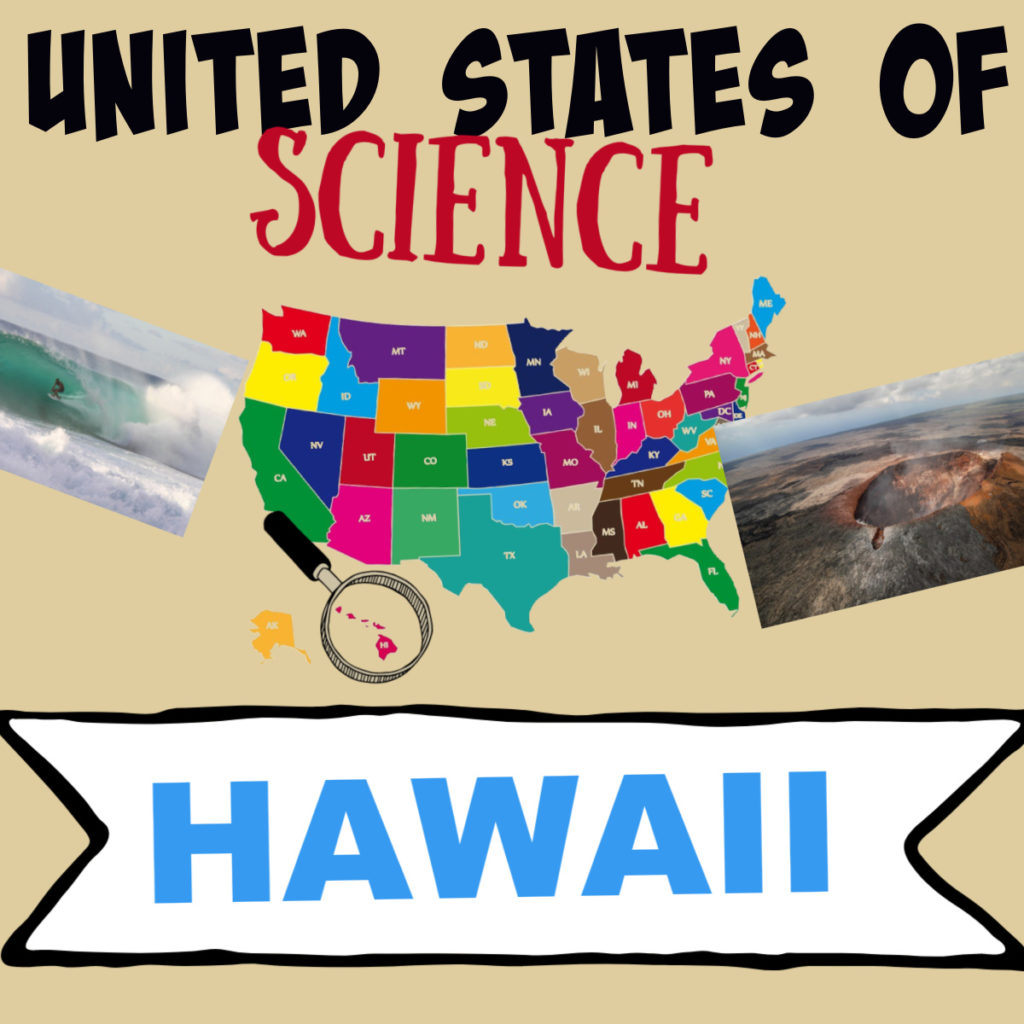
Hawaii's first known inhabitants arrived in canoes from the Marquesas Islands followed around 500 years later by people from Tahiti. Hawaii had royal rulers until the 1880s until it became a U.S territory in 1898.
Hawaii, beaches and surfing
Hawaii is famous for its beautiful beaches some of which have unusual coloured sand!
Surfing is also thought to have originated in Hawaii, which is one of the top surfing spots in the world thanks to swell from all directions.
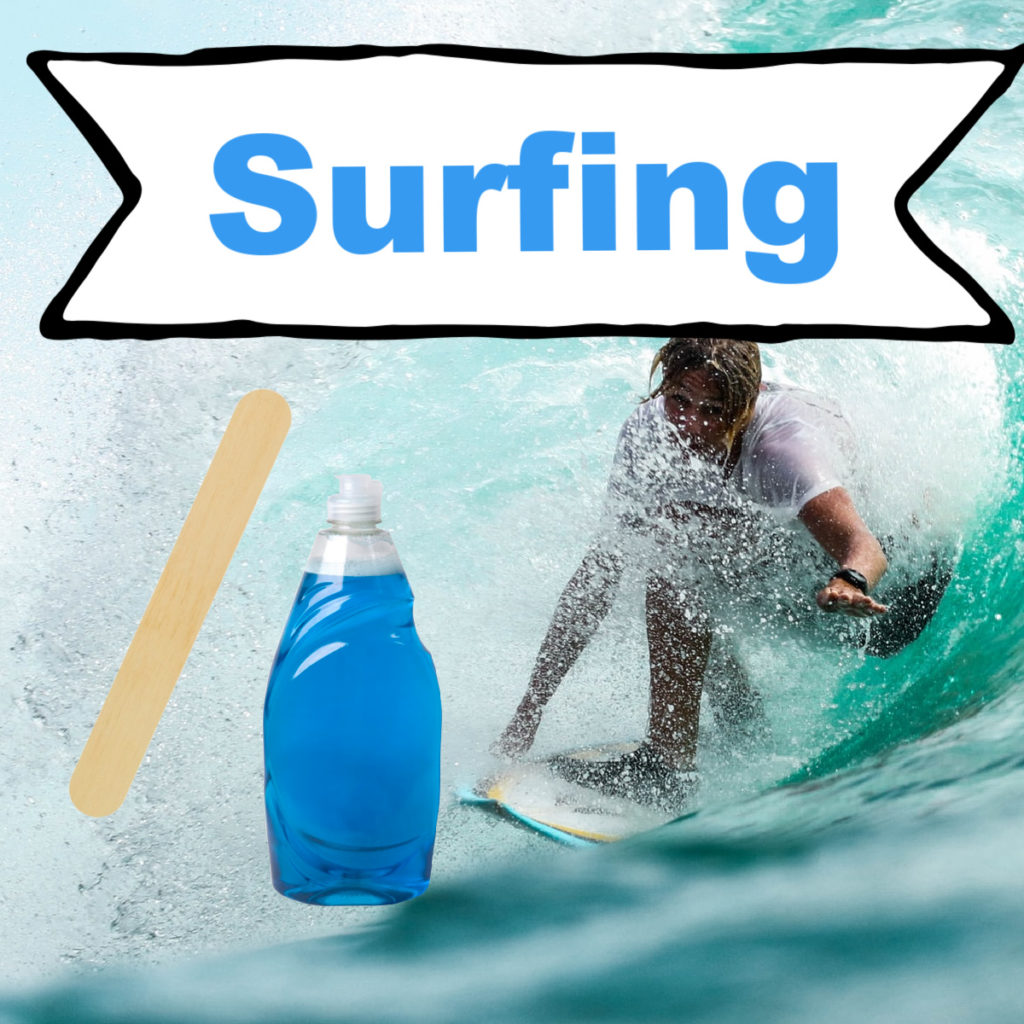
Make your own mini surfboard
Not everywhere has waves as good as Hawaii, but you can make your own moving surfboard with a lolly stick and washing up liquid ( dish soap ).
You'll need:
Large lolly stick - this is your surfboard
Container of water
Washing up liquid ( dish soap )
Instructions
Place the lolly stick on the water.
Drop a little washing up liquid behind the stick and watch as it shoots off across the water.
This will only work well once, so don't look away!
Extra challenge
Can you think of a way to make waves in the water?
Why does this work?
It's all to do with surface tension. Water molecules form a skin on the surface which we call surface tension. The washing up liquid disturbs the skin, lowering the surface tension. This makes the lolly stick shoot across the water.
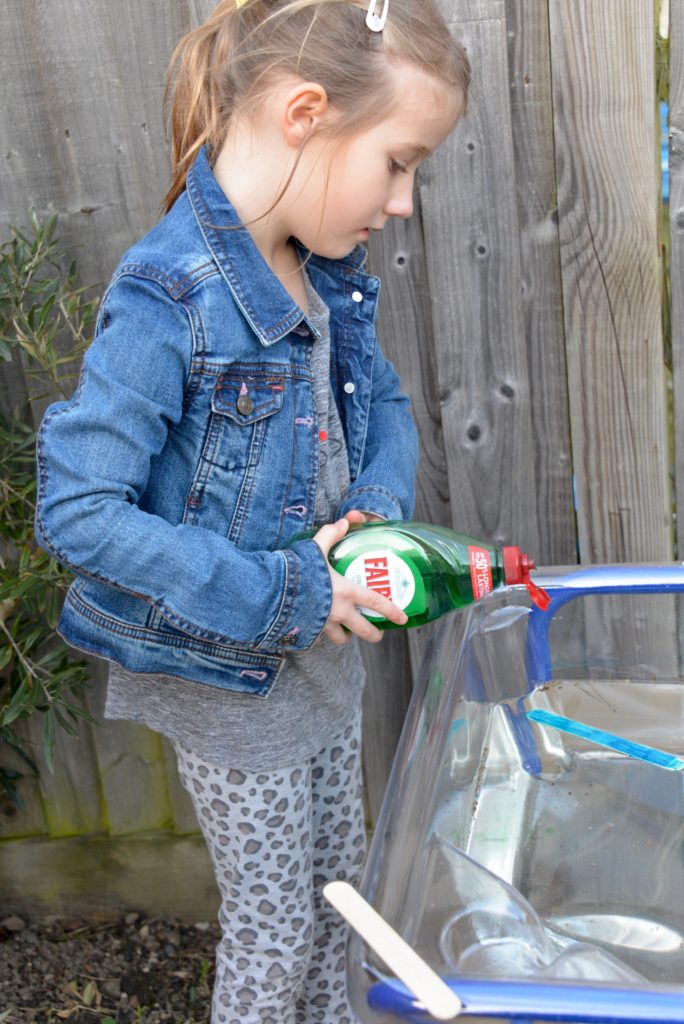
Volcanic Islands
Hawaii's islands are volcanic made when the Earth's crust moved over a very hot area in the molten layer under the crust. When this happens the heat from the molten area melts the rock which becomes magma, this then breaks through the surface where it cools to form new land.
What is Hawaii's most active volcano?
Hawaii's most active volcano is Kilauea which is one of the world's most active volcanoes but it's not the largest, that honour goes to Mauna Loa also in Hawaii. Both Kilauea and Mauna Loa are located in Hawaii Volcanoes National Park and are shield volcanoes. They are wide and don't have violent eruptions.
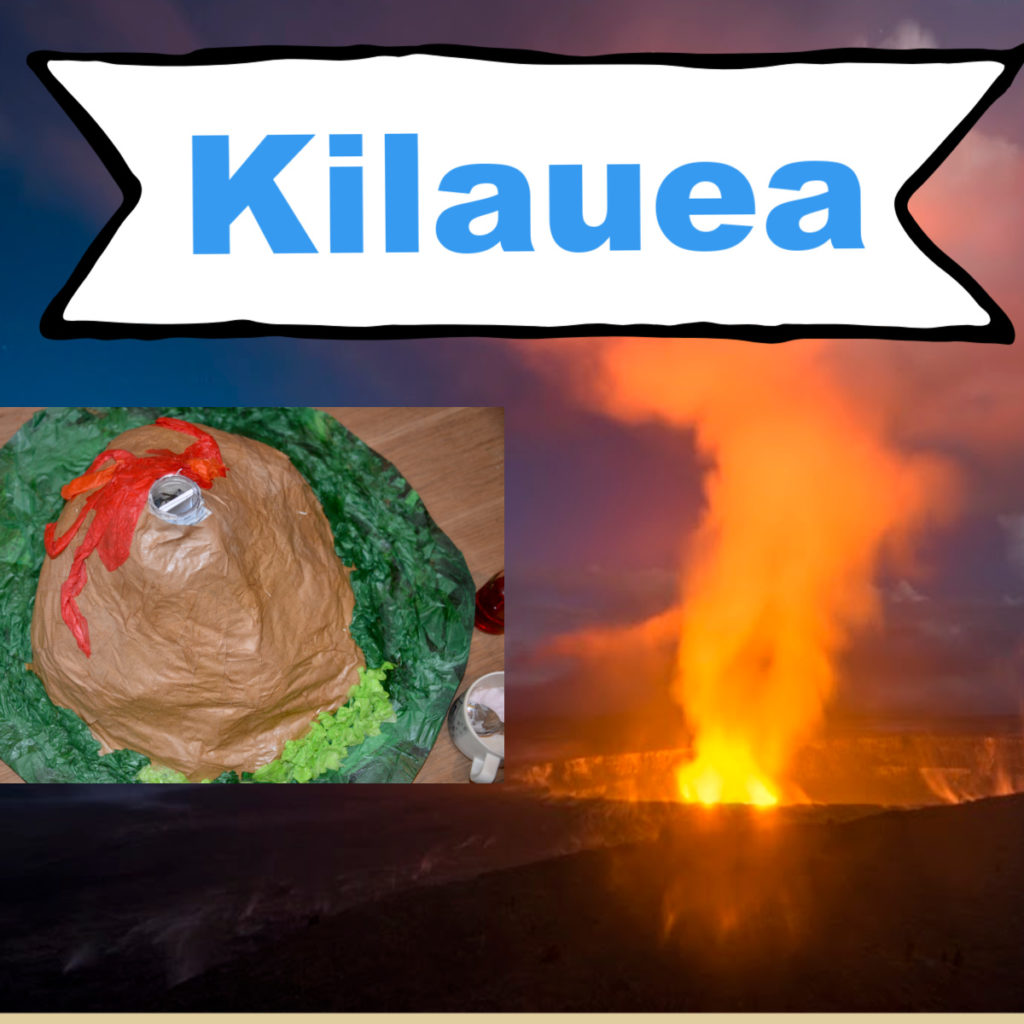
Make a Model of Kilauea
You can create your own volcano model and even make it erupt using baking soda and vinegar!
Just follow these simple step by step instructions to create a volcano. One idea is to give it wide sloping sides like Kilauea and Mauna Loa.
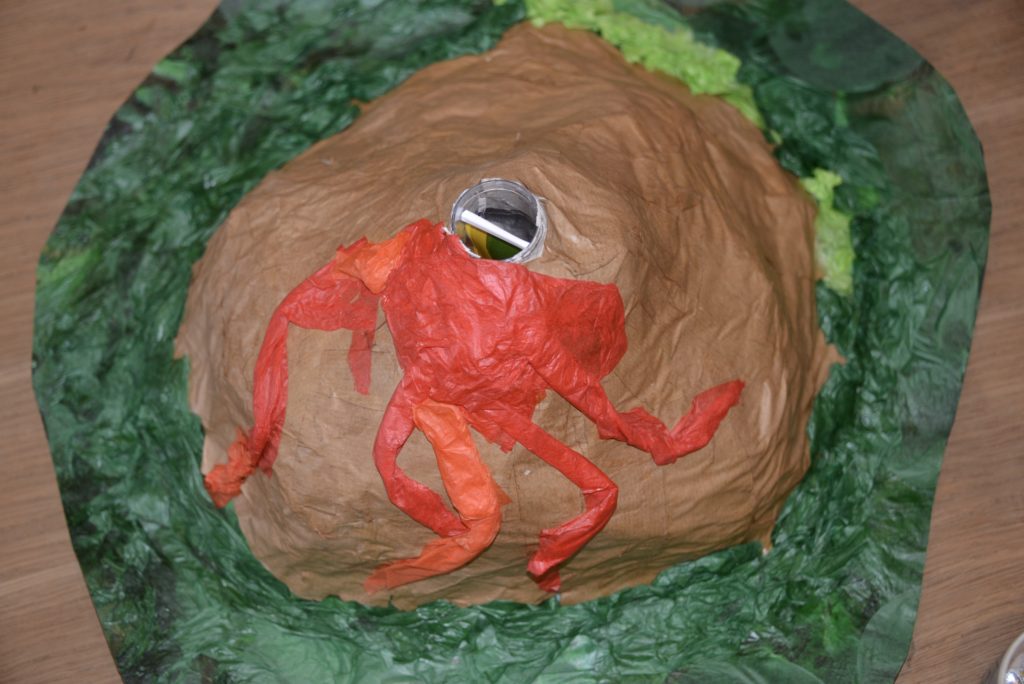
Rainiest spot of Earth and a Rain Gauge
Mount Waialeale on the island of Kauai is one of the rainiest spots of Earth getting around 400 inches of rain each year!
As a comparison the UK, which we think of as being pretty rainy, gets under 35 inches of rain a year!
Make a rain gauge and compare this to the average rainfall where you are.
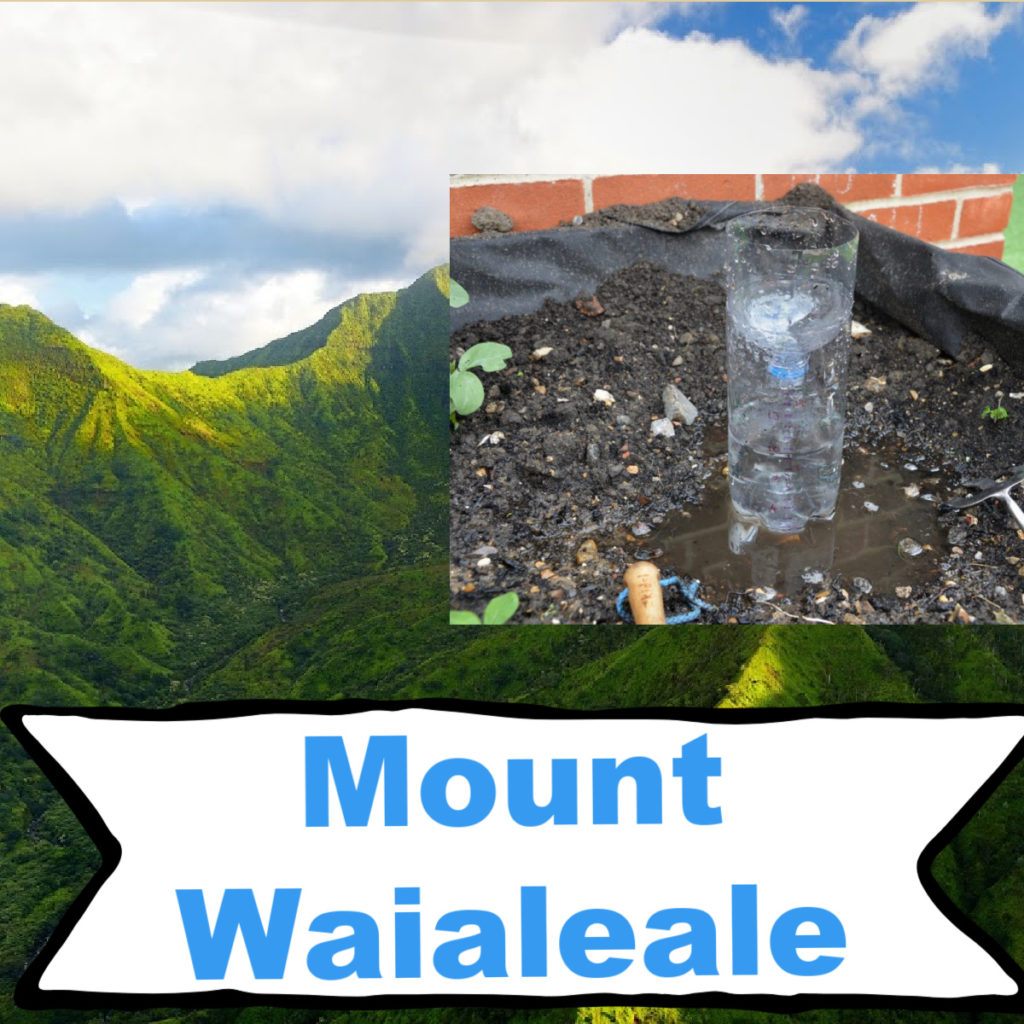
Hawaii is a fascinating set of islands and there's so much more to discover than we have talked about here, but hopefully it's a start!
This post is part of my United States of Science series. Which state will you visit next?




Last Updated on May 24, 2021 by Emma Vanstone
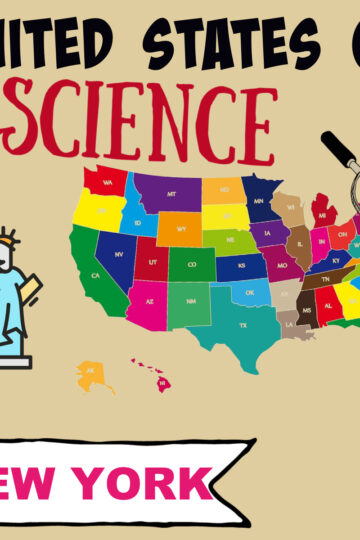
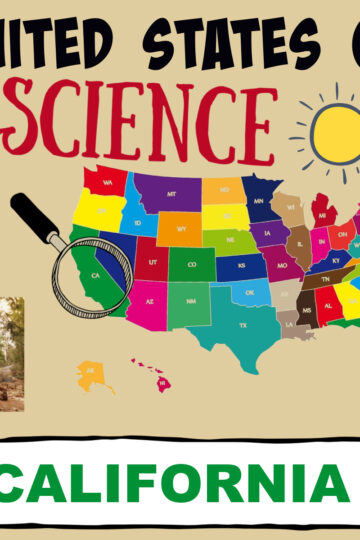
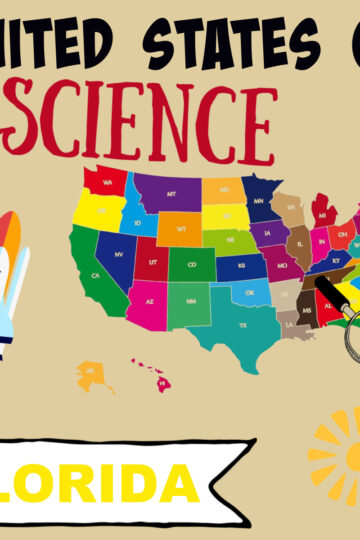
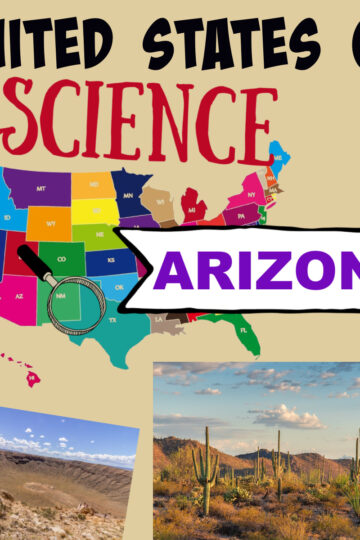
Leave a Reply